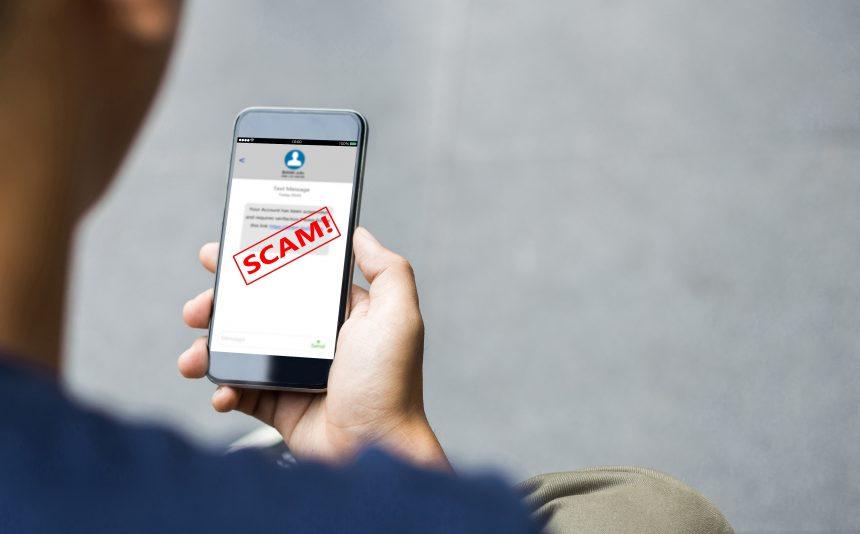Malicious software (malware) presents a constant threat to computer users. One such insidious malware is Sonic Airdrop, a particularly concerning variant that has been noted for its ability to infiltrate systems, leading to a variety of harmful effects. In this article, we’ll explore the actions and consequences of Sonic Airdrop, provide you with detection names associated with this threat, and offer a thorough guide on how to remove it from your system. Additionally, we’ll discuss best practices for preventing future infections and recommend the anti-malware tool SpyHunter to help keep your computer safe.
Actions and Consequences of Sonic Airdrop
Sonic Airdrop is designed to operate stealthily within an infected system. Upon infiltration, it can perform several harmful actions, including:
- Data Theft: Sonic Airdrop may access sensitive information, such as passwords, personal files, and banking details, sending this data back to a remote server controlled by cybercriminals.
- System Slowdown: The malware can significantly slow down system performance, causing applications to crash or become unresponsive. This can lead to a frustrating user experience and hinder productivity.
- Unauthorized Access: Sonic Airdrop may create backdoors within the system, allowing hackers to gain unauthorized access. This can lead to further exploitation of the system, such as installing additional malware or launching attacks on other connected devices.
- Ad Injections and Redirects: The malware may inject ads into your web browser or redirect your search queries, leading to unwanted and potentially harmful websites.
These actions can have severe consequences, including financial loss, identity theft, and a compromised system that requires extensive remediation efforts.
Download SpyHunter Now & Scan Your Computer For Free!
Remove this and any other malicious threats to your system by scanning your computer with SpyHunter now! It’s FREE!
Detection Names for Sonic Airdrop
Sonic Airdrop may be detected by various antivirus and anti-malware tools under different names. Some common detection names include:
- Win32/Sonic.Airdrop
- Sonic.Airdrop.Malware
- Trojan:Win32/SonicAirdrop
- Adware.Sonic.Airdrop
It’s essential to stay informed about these detection names, as they can help you recognize potential threats on your system.
Similar Threats
While Sonic Airdrop is particularly concerning, other similar threats include:
- Adware.BrowserModifier: This type of adware alters browser settings and redirects users to unwanted sites.
- TrojanDownloader: This malware downloads and installs other malicious software without the user’s consent.
- Ransomware: A more aggressive variant that encrypts files on the victim’s system and demands payment for decryption.
Removal Guide for Sonic Airdrop
Download SpyHunter Now & Scan Your Computer For Free!
Remove this and any other malicious threats to your system by scanning your computer with SpyHunter now! It’s FREE!
If you suspect that Sonic Airdrop has infiltrated your system, follow these steps for removal:
Step 1: Disconnect from the Internet
To prevent further data loss and stop the malware from communicating with its servers, disconnect your computer from the internet.
Step 2: Enter Safe Mode
- Restart your computer.
- As it boots, repeatedly press the F8 key (for Windows 7) or hold down the Shift key and click “Restart” (for Windows 10/11).
- Select “Safe Mode with Networking” from the options.
Step 3: Use a Reliable Anti-Malware Tool
- Download and install SpyHunter.
- Run a full system scan to detect Sonic Airdrop and any other potential threats.
- Follow the prompts to remove all detected threats.
Step 4: Manually Remove Malicious Files
- Press Windows + R to open the Run dialog.
- Type
msconfigand press Enter to access the System Configuration utility. - Navigate to the “Startup” tab and uncheck any suspicious entries.
- Open Task Manager (Ctrl + Shift + Esc) and check the “Startup” tab for any unusual programs. Disable them if necessary.
Step 5: Clean Up the Registry
- Press Windows + R, type
regedit, and press Enter. - Navigate to HKEY_CURRENT_USER\Software and HKEY_LOCAL_MACHINE\Software.
- Look for any keys related to Sonic Airdrop and delete them.
Step 6: Clear Temporary Files
- Press Windows + R, type
temp, and press Enter. Delete all files in this folder. - Do the same for
%temp%andC:\Windows\Temp.
Step 7: Reboot Your System
Restart your computer to ensure all changes take effect.
Best Practices for Preventing Future Infections
To minimize the risk of future infections from Sonic Airdrop or other malware, consider the following best practices:
- Keep Software Updated: Regularly update your operating system and software to patch vulnerabilities that malware can exploit.
- Use Reliable Anti-Malware Software: Invest in a reputable anti-malware tool like SpyHunter, which can provide real-time protection and regular scans.
- Be Cautious with Downloads: Avoid downloading files or software from unknown or untrustworthy sources. Always verify the legitimacy of downloads.
- Enable Firewall Protection: Ensure that your system’s firewall is enabled to help block unauthorized access.
- Educate Yourself on Phishing: Learn how to recognize phishing attempts and avoid clicking on suspicious links or attachments in emails.
- Regular Backups: Regularly back up your important files to an external hard drive or cloud service. This can help mitigate damage in case of a successful malware attack.
Conclusion
Sonic Airdrop is a dangerous malware threat that can severely impact your system and data. By following the removal guide outlined above and implementing best practices for prevention, you can safeguard your computer against this and similar threats. For comprehensive protection, consider downloading SpyHunter and running a free scan on your computer to detect any hidden threats.





